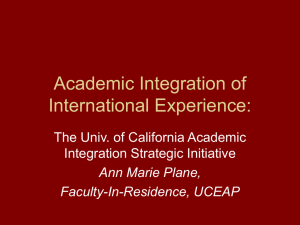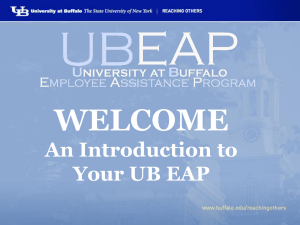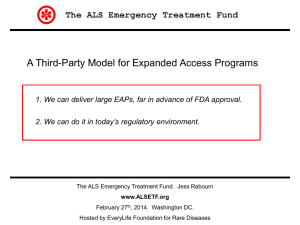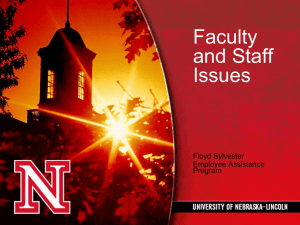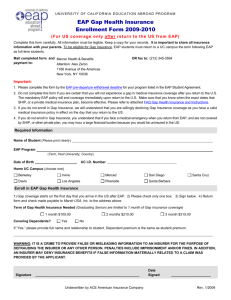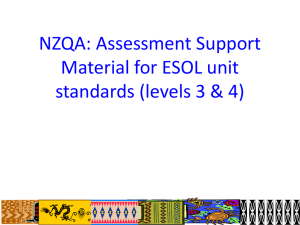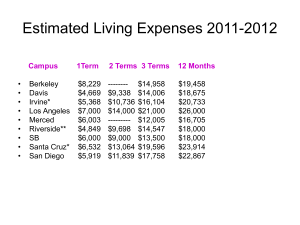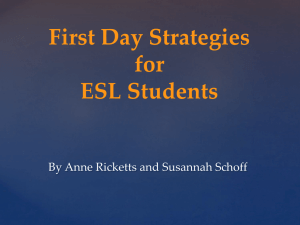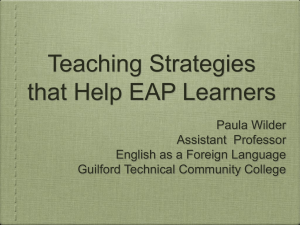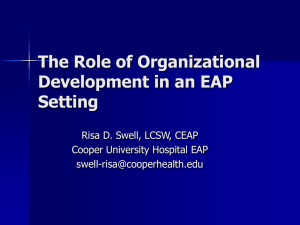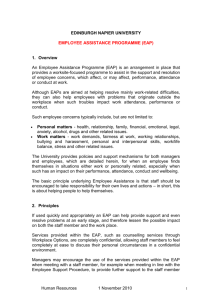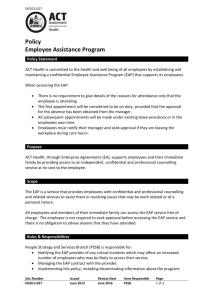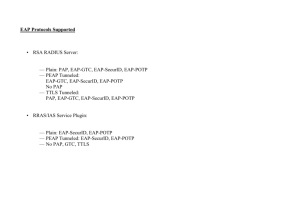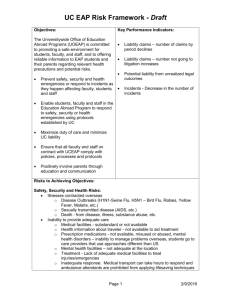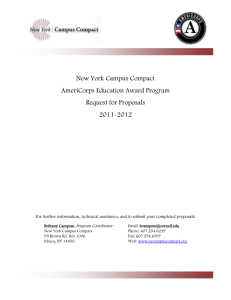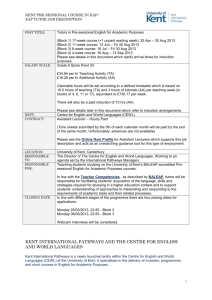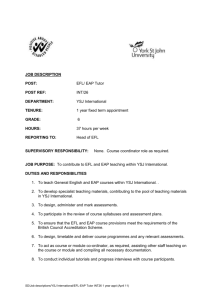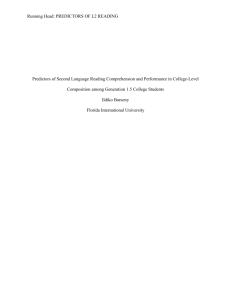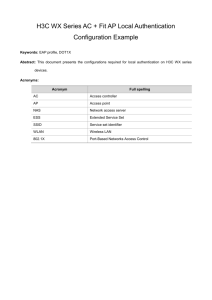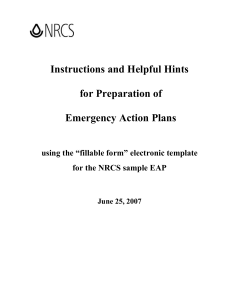Guidelines for ESL/EFL Teaching Summary
advertisement
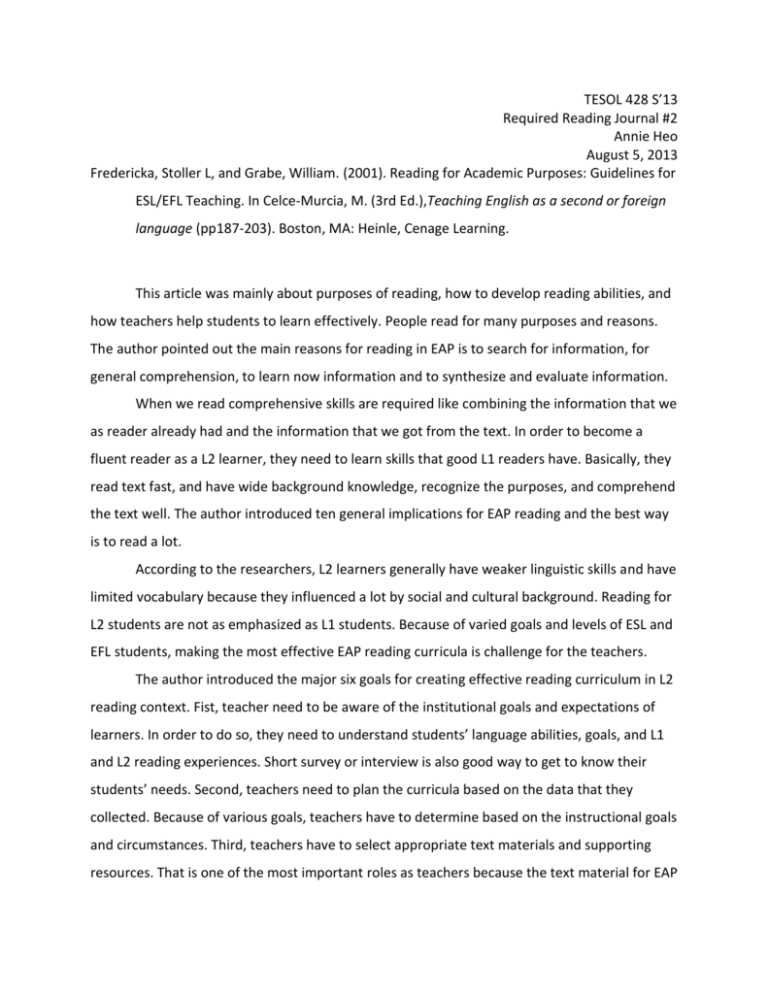
TESOL 428 S’13 Required Reading Journal #2 Annie Heo August 5, 2013 Fredericka, Stoller L, and Grabe, William. (2001). Reading for Academic Purposes: Guidelines for ESL/EFL Teaching. In Celce-Murcia, M. (3rd Ed.),Teaching English as a second or foreign language (pp187-203). Boston, MA: Heinle, Cenage Learning. This article was mainly about purposes of reading, how to develop reading abilities, and how teachers help students to learn effectively. People read for many purposes and reasons. The author pointed out the main reasons for reading in EAP is to search for information, for general comprehension, to learn now information and to synthesize and evaluate information. When we read comprehensive skills are required like combining the information that we as reader already had and the information that we got from the text. In order to become a fluent reader as a L2 learner, they need to learn skills that good L1 readers have. Basically, they read text fast, and have wide background knowledge, recognize the purposes, and comprehend the text well. The author introduced ten general implications for EAP reading and the best way is to read a lot. According to the researchers, L2 learners generally have weaker linguistic skills and have limited vocabulary because they influenced a lot by social and cultural background. Reading for L2 students are not as emphasized as L1 students. Because of varied goals and levels of ESL and EFL students, making the most effective EAP reading curricula is challenge for the teachers. The author introduced the major six goals for creating effective reading curriculum in L2 reading context. Fist, teacher need to be aware of the institutional goals and expectations of learners. In order to do so, they need to understand students’ language abilities, goals, and L1 and L2 reading experiences. Short survey or interview is also good way to get to know their students’ needs. Second, teachers need to plan the curricula based on the data that they collected. Because of various goals, teachers have to determine based on the instructional goals and circumstances. Third, teachers have to select appropriate text materials and supporting resources. That is one of the most important roles as teachers because the text material for EAP should be related to their demands of academic course and interesting. Fourth, teachers should diversify students’ reading experiences. Teacher should help to create the environment that students can have much reading as possible and it is essential to read at home as well. Fifth, teacher can help with frame work as working with texts by means of pre, during, and post reading. Pre reading helps students to have background information for the main reading, and provide specific information for comprehension. During reading instruction helps students to understand the concepts of the reading, and relationships of characters and ideas. Post reading is for emphasize the main ideas and supporting the idea. It also requires using textbook ideas in other tasks. The author provided several activities in each part. The sixth, last one is addressing the complex nature of reading through meaningful instruction. There are many complex skills are required to be developed in order to strengthen their reading skills, but teachers cannot deal with each of sub skills. Therefore, teachers have to select them carefully according to student’s level and needs. The rest of the text, the author introduced lists of nine complex areas that students can focus on and develop is following: vocabulary development, carefully reading of texts, awareness of text structure and discourse organization, the use of graphic organizers to support comprehension, strategic reading, fluency development, extensive reading students motivation, and integrated-skills tasks. Vocabulary knowledge is essential for reading, so teacher can focus on the most important words list of the reading. In EAP classroom, understanding the text is so important. So, teachers can create many activities to check on their comprehension skills and if help needed, they can differentiate the tasks. L2 learners tend to learn difficult text and complex ones so it is helpful that students understand the text structures, they will be able to comprehend better. The graphic organizers also will help students to find the key information. The strategic reading is major purpose for the EAP learners, so the author provides lists of main strategies in the article. Next concept was fluency development. Researchers believe that it is very important skills but at the same time, they neglect this concept in L2 reading class for several reasons. The article provides the ways to develop fluency including reading out loud, reading text for new purposes, checking reading rates, and pace reading. Extensive reading is central course within academic reading and like always, students’ motivation is key source for having successful class. The last one is integrated skills instruction. It is more suitable skill for high level students but developing this skill should be the goal for the EAP curricula. My personal reaction of the reading I really enjoyed reading this article. This article provides very useful information for me personally and for my future teaching. I think my reading skills are very weak and reading comprehension is the most difficult task for me. However, as studying this article, I started to realize how to study and what to focus on and I learned what to teach for my reading class. The sub-skill ideas are also very useful. As knowing those strategies and sub skills, I can start to think about lesson plan. Moreover, I feel like I have more knowledge to create most effective curricula for EAP classes and I was able to understand L2 learner’s needs and focus in learning reading skills including myself.

